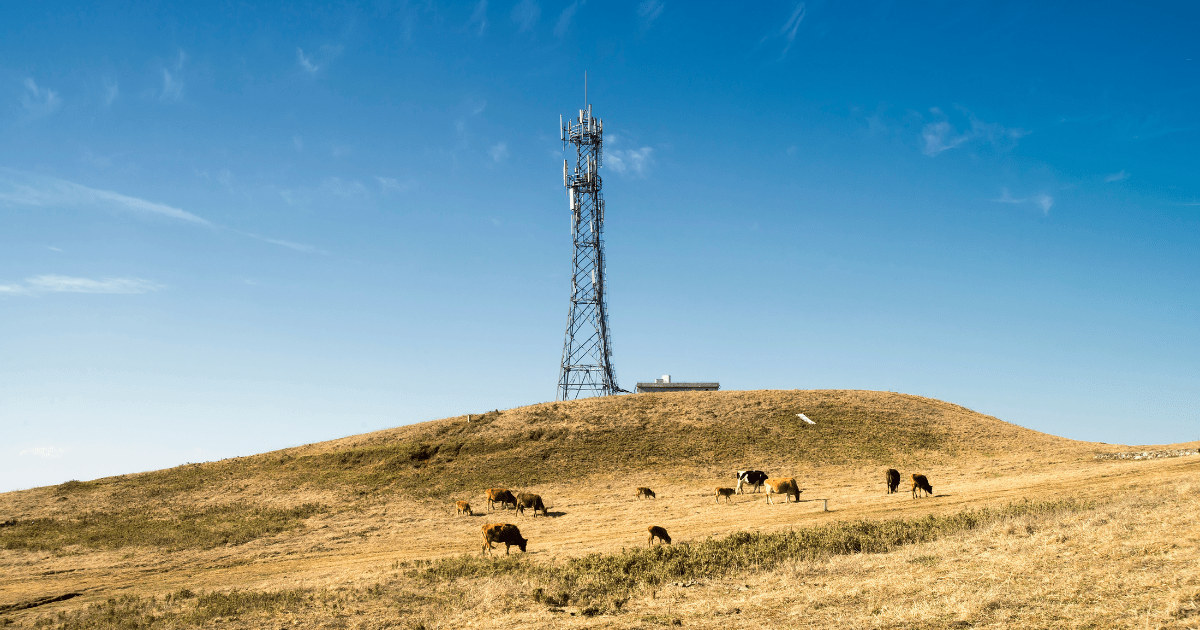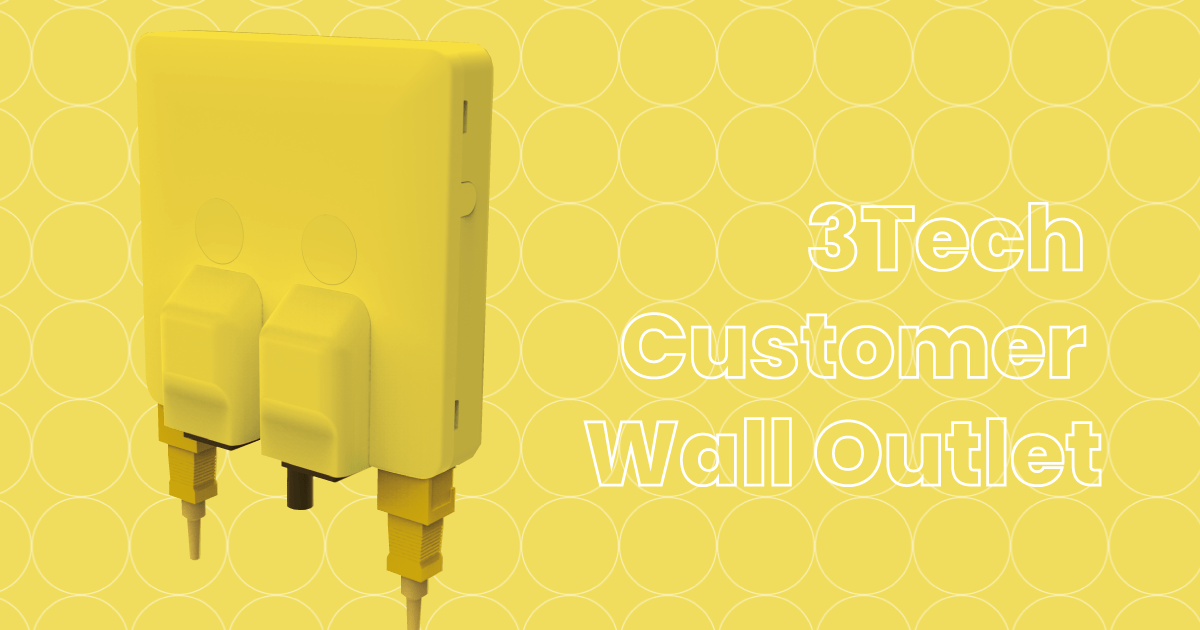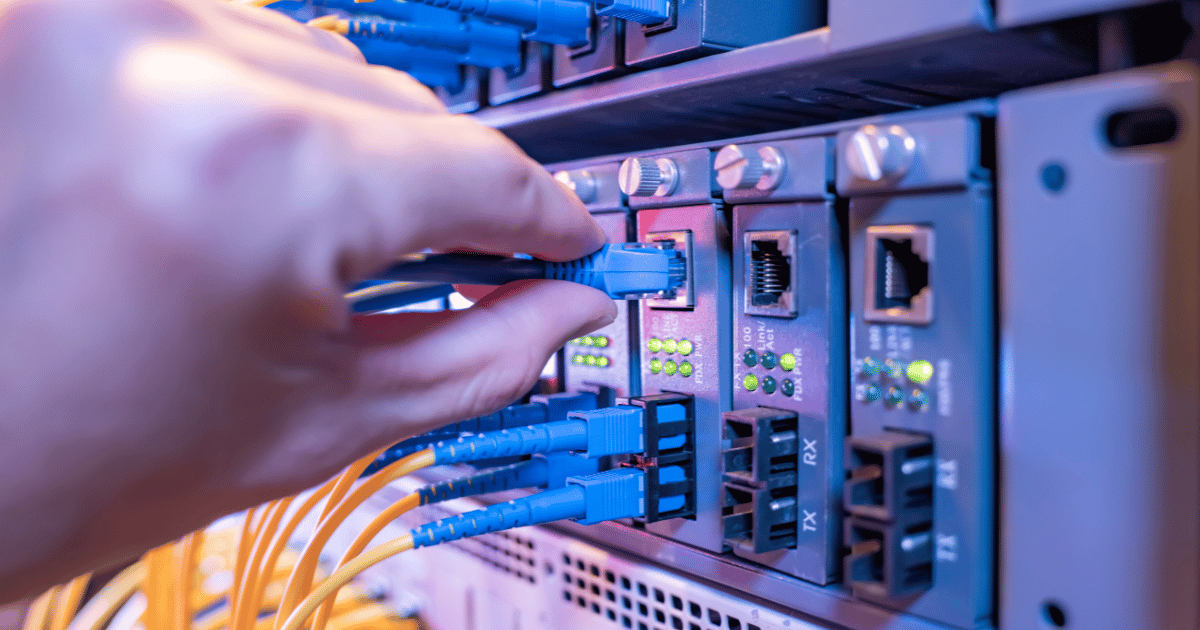Navigating the Challenges of Harsh Environments in Telecom

In the world of telecommunications, staying connected is not just a convenience; it's a necessity. Whether it's making a call from the top of a mountain, sending data from the depths of the ocean, or ensuring connectivity in extreme weather conditions, telecom networks face the daunting task of providing uninterrupted service in some of the harshest environments imaginable. There are many challenges posed by harsh environments in the telecom industry but there are also solutions that keep us connected when and where it matters most.
The Telecom Industry's Harsh Reality
Telecom networks are the backbone of modern communication, and they are expected to perform flawlessly regardless of the conditions. Harsh environments, however, present a unique set of challenges that demand creative solutions.
- Extreme Weather Conditions
From scorching deserts to frozen areas, extreme temperatures can wreak telecom infrastructure. High heat can cause equipment overheating and degradation, while extreme cold can lead to equipment failure and interfere with performance. These challenges are made worse by the fact that telecom equipment often operates outdoors.
- Remote and Inaccessible Locations
Telecom networks are expanding to cover more remote and inaccessible areas. Mountains, forests, deserts, and oceans now host telecom infrastructure. Maintenance and access to such locations can be both logistically challenging and costly.
- Corrosive Environments
Telecom equipment in coastal regions or industrial areas faces the corrosive effects of saltwater, pollutants, and chemicals. This can lead to rapid deterioration and shortened equipment lifespans.
- Power Outages
Harsh environments are often prone to power outages caused by storms, earthquakes, or other natural disasters. Ensuring continuous power supply to telecom infrastructure is critical for uninterrupted service.
Overcoming the Challenges
To thrive in these challenging conditions, the telecom industry has developed an array of innovative solutions. These technologies and practices are essential for maintaining reliable connectivity in harsh environments.
- Resistant Equipment
One key strategy is the use of resistant telecom equipment. This specialized hardware is designed to withstand extreme temperatures, vibration, shock, and exposure to dust and moisture. Resistant gear ensures that telecom networks remain operational even in the toughest environments.
- Climate Control Systems
To combat extreme temperatures, climate control systems are deployed within telecom cabinets and shelters. These systems regulate temperature and humidity to ensure that equipment remains within its optimal operating range.
- Remote Monitoring and Management
Remote monitoring and management systems allow network operators to keep an eye on their infrastructure from a distance. Real-time data on equipment performance and environmental conditions enable proactive maintenance and rapid response to issues.
- Backup Power Systems
Backup power systems, including generators and batteries, ensure that networks can continue to function during power outages. In remote areas, renewable energy sources such as solar panels are also used to provide a sustainable power supply.
- Environmental Sealing
To protect against corrosion and moisture, telecom enclosures and connectors are often sealed with special materials and gaskets. This prevents water and contaminants from infiltrating critical components.
- Disaster Recovery Plans
In the face of natural disasters, telecom companies have robust disaster recovery plans in place. These plans outline procedures for quickly restoring services and communication in affected areas.
- Fiber Optics
Fiber optic cables are less susceptible to environmental factors compared to traditional copper cables. They are more resilient in extreme temperatures, resist moisture, and are immune to electromagnetic interference.
-min.png?width=760&height=399&name=Blog%20Post%20(39)-min.png)
Real-World Applications
The telecom industry's ability to adapt to harsh environments is evident in various real-world applications:
- Military Communications
In military operations, secure and reliable communication is a matter of life and death. Telecom networks must operate flawlessly in rugged terrains and extreme weather conditions, ensuring that troops remain connected and informed.
- Oil and Gas Industry
Telecom infrastructure in oil and gas facilities must withstand corrosive environments, explosions, and volatile gases. Ruggedized and explosion-proof equipment is used to support data communication and safety systems.
- Remote Monitoring
Telecom networks enable remote monitoring of environmental conditions in remote locations. This is crucial for environmental research, wildlife tracking, and disaster prediction.
- Emergency Response
During natural disasters, such as hurricanes and earthquakes, maintaining communication is essential for coordinating emergency response efforts. Telecom networks designed for harsh conditions play a pivotal role in these situations.
- Transportation
Telecom infrastructure is vital for maintaining safe and efficient transportation systems, including railways, highways, and airports. Ruggedized equipment ensures that communication and safety systems operate reliably, even in harsh weather.
The telecom industry's ability to provide reliable connectivity in harsh environments is a testament to technological innovation. As our world becomes more interconnected, the demand for robust telecom networks in challenging conditions will continue to grow. Through the use of resistant equipment, climate control systems, remote monitoring, backups, and other advanced solutions, we can stay connected wherever we are, ensuring that communication remains a lifeline, no matter the environment.
In the face of adversity, the telecom industry proves that the human need to connect knows no bounds, and neither do its solutions. When it comes to telecom in harsh environments, innovation thrives where challenges appear.
Yelco has innovative outdoor products that can help you on the mission of overcoming some environmental factors, such as our Infinity Closure that can be submerged up to 1 meter of water. Check our solutions here.


